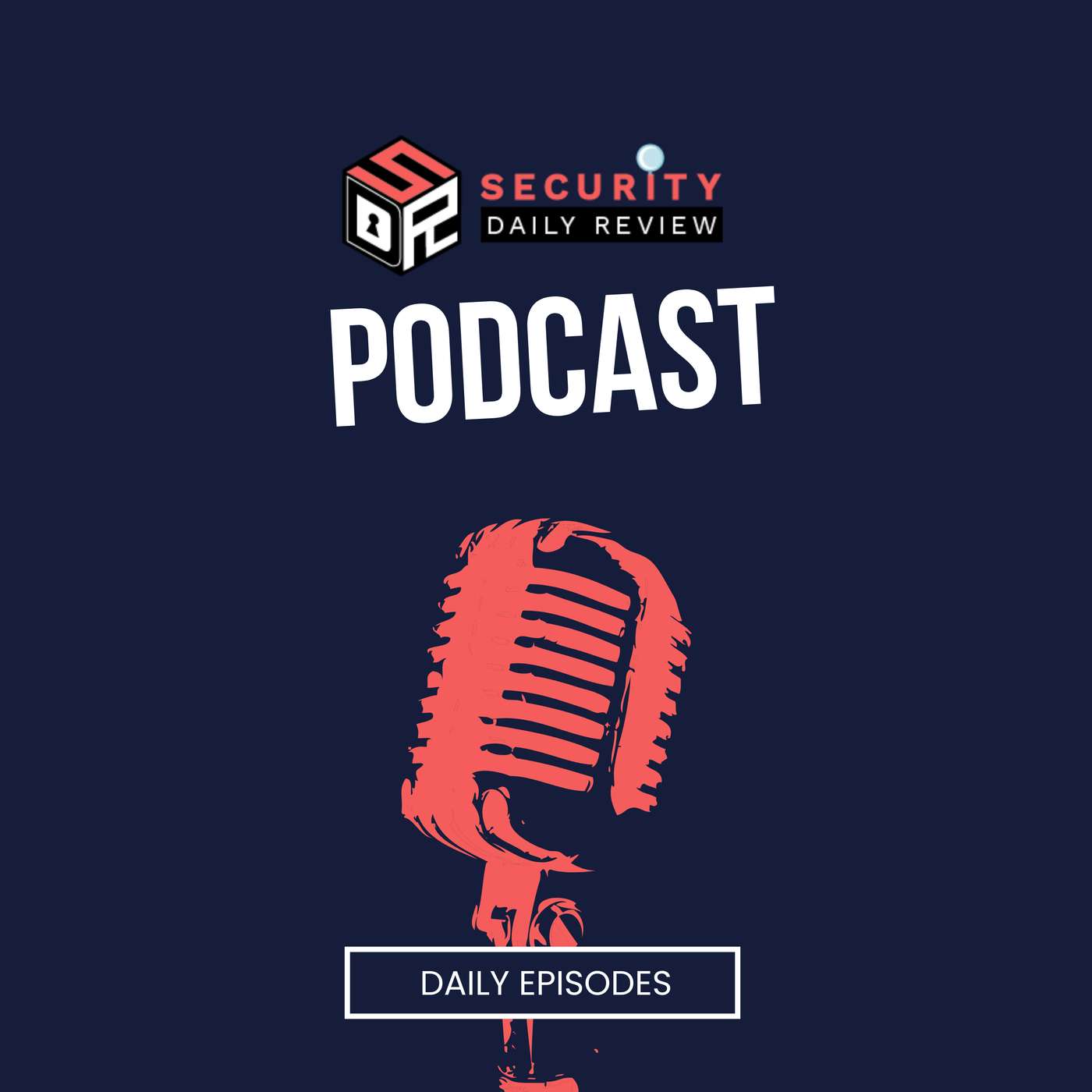Ransomware gangs are no longer just encrypting files and demanding payment—they are actively targeting the very defenses meant to stop them. Recent reports reveal a dramatic surge in the use of EDR killer tools, specialized malware designed to disable Endpoint Detection and Response (EDR) and antivirus systems at the kernel level. By silencing these crucial tools, attackers gain stealth, persistence, and freedom of movement across victim networks, leaving defenders blind to their activities until it’s too late.
Central to this trend is the “Bring Your Own Vulnerable Driver” (BYOVD) technique. In these attacks, adversaries exploit legitimate but outdated or insecure drivers to load code directly into the Windows kernel, bypassing protections and tampering with security processes. The LOLDrivers project has catalogued hundreds of such exploitable drivers, which threat actors weaponize to neutralize leading security products.
Several tools exemplify this escalation:
- EDRSilencer and EDRSandBlast manipulate Windows Filtering Platform APIs and vulnerable drivers to block telemetry, disable callbacks, and prevent defenders from seeing malicious activity.
- NimBlackout and AuKill abuse commercial drivers like gmer and even Microsoft’s Process Explorer driver, terminating EDR services before ransomware deployment.
- RealBlindingEDR, an open-source tool, has been customized by ransomware groups like Crypto24 to kill protections from nearly 30 security vendors.
- EDRKillShifter, wielded by RansomHub, Medusa, BianLian, and Play, dynamically loads vulnerable drivers and disrupts endpoint monitoring—often disguised as legitimate Windows services.
What makes detection even harder is attackers’ increasing use of “living off the land” techniques. Instead of only deploying custom malware, they repurpose legitimate tools—such as HRSword, gpscript.exe, and vssadmin.exe—to disable protections and blend in with normal administrative activity. This tactic forces defenders to distinguish malicious use of everyday software from routine operations, a challenge that plays directly into attackers’ hands.
Once EDRs are neutralized, attackers can escalate privileges, steal credentials (often from LSASS), move laterally across the network using tools like PowerShell, PsExec, or WMI, and exfiltrate data using rclone or C2 tools like AnyDesk. By the time the ransomware payload detonates, attackers may have been entrenched for days or weeks, quietly harvesting information and preparing maximum disruption.
Security researchers note that the popularity of EDR killers has exploded—usage has increased over 300%, with at least a dozen ransomware gangs adopting them as standard practice. This marks a turning point: ransomware operators are no longer opportunistic extortionists, but sophisticated adversaries systematically dismantling enterprise defenses.
The implications are clear. Defenders can no longer rely on endpoint telemetry alone. Instead, organizations must embrace multi-layered defense strategies:
- Enforce driver blocklists and application allowlisting (e.g., Microsoft’s Vulnerable Driver Blocklist, WDAC).
- Harden patch management and application control to close BYOVD gaps.
- Limit access to endpoint security configurations and enforce least-privilege access.
- Monitor forensic artifacts like unusual service creation (Event 7045), process terminations (Event 4689), and suspicious registry changes (Sysmon EventCode 13).
- Deploy Network Detection and Response (NDR) and User/Entity Behavior Analytics (UEBA) to spot post-compromise activity when EDR is silenced.
The surge of kernel-level EDR killers represents a new phase in the ransomware arms race. As attackers turn security tools into their first targets, enterprises must adopt resilient, layered defenses that assume EDR compromise is inevitable. In the cat-and-mouse game of cybersecurity, the attackers have leveled up—now defenders must do the same.
#Ransomware #EDRKillers #BYOVD #Crypto24 #RansomHub #EDRKillShifter #RealBlindingEDR #EndpointSecurity #KernelExploits #CyberAttack #LivingOffTheLand #HRSword #Sysmon #PrivilegeEscalation #LateralMovement #CyberDefense #MalwareEvolution







